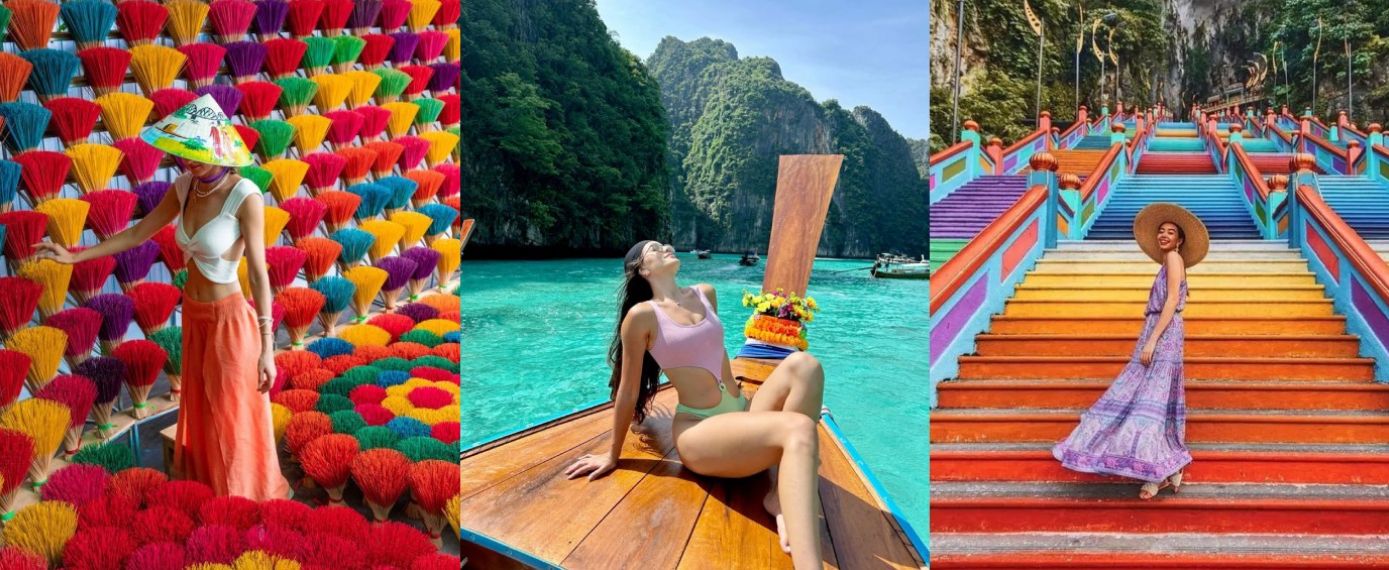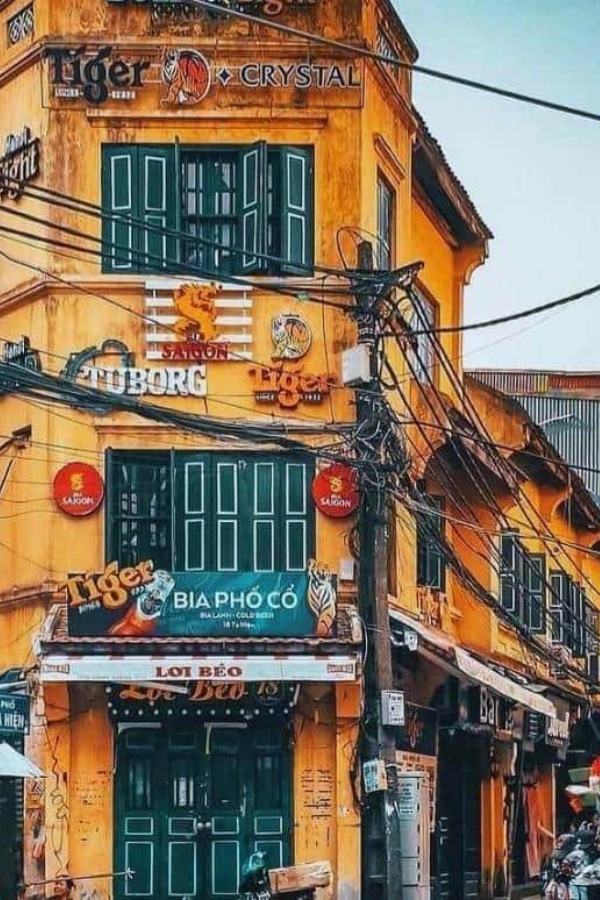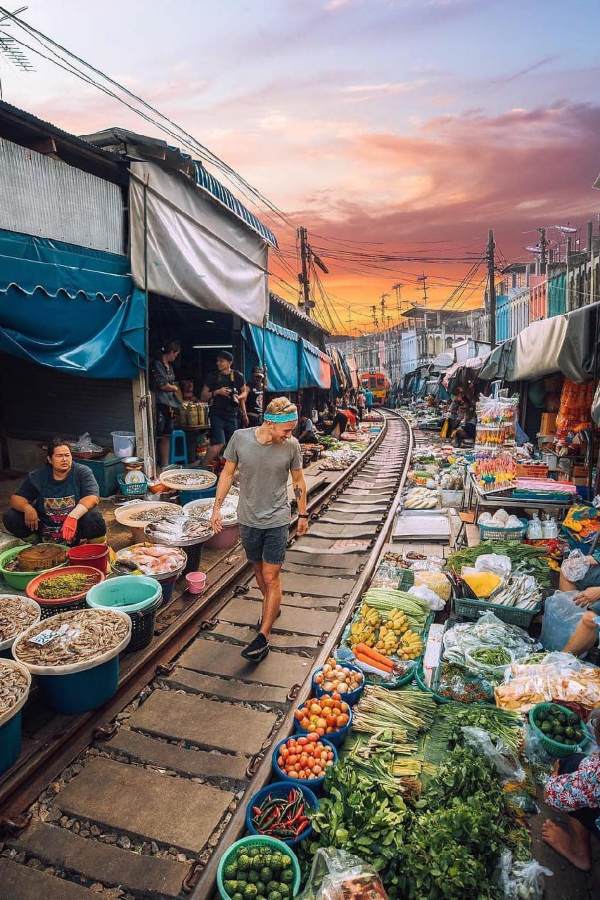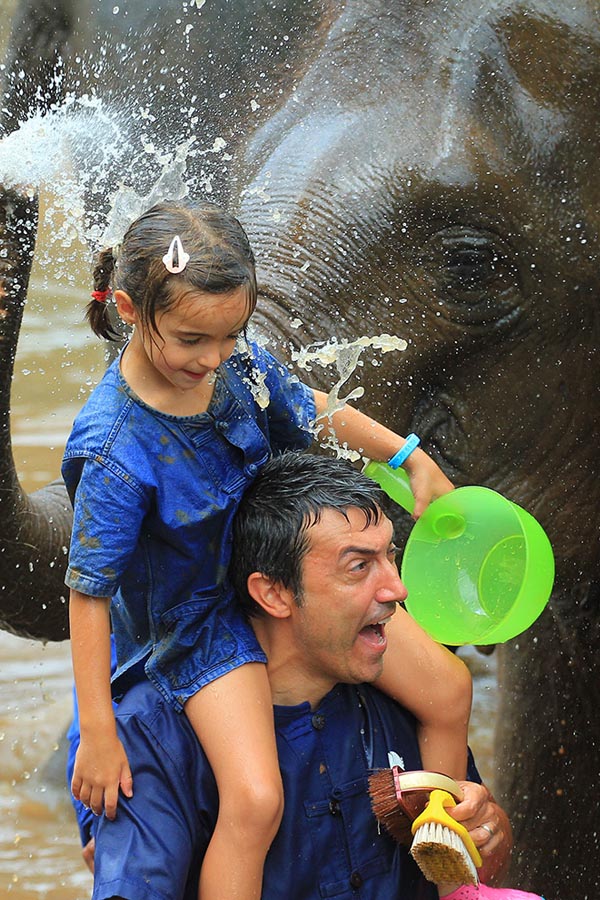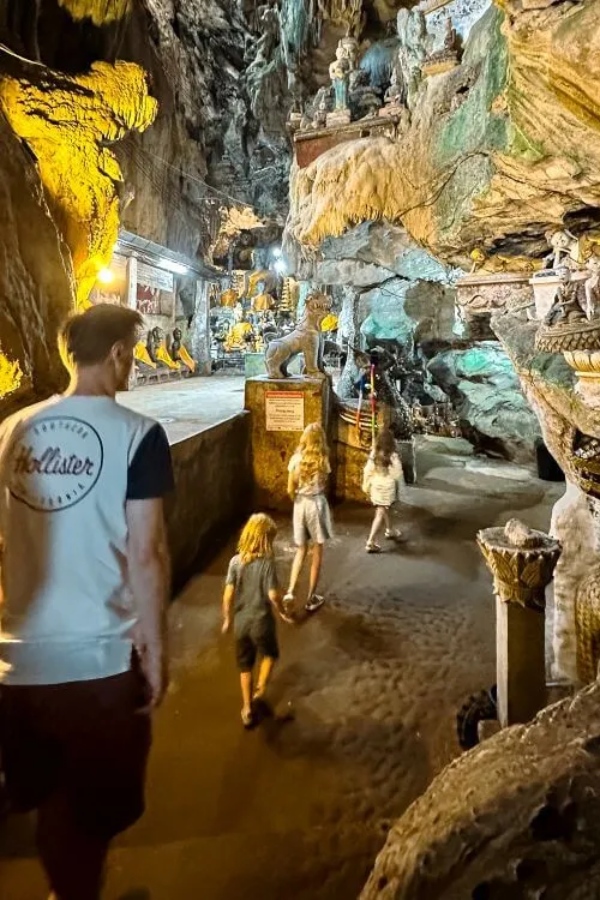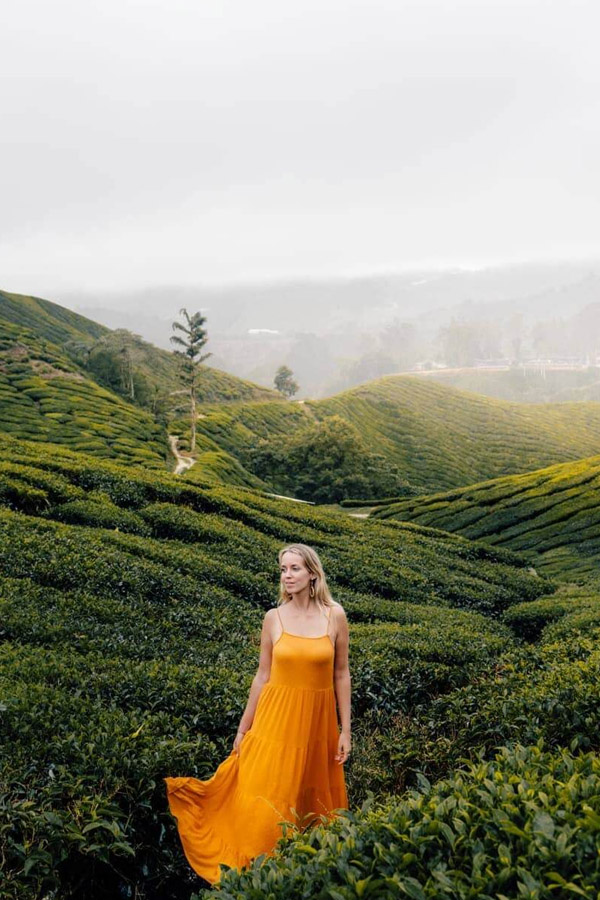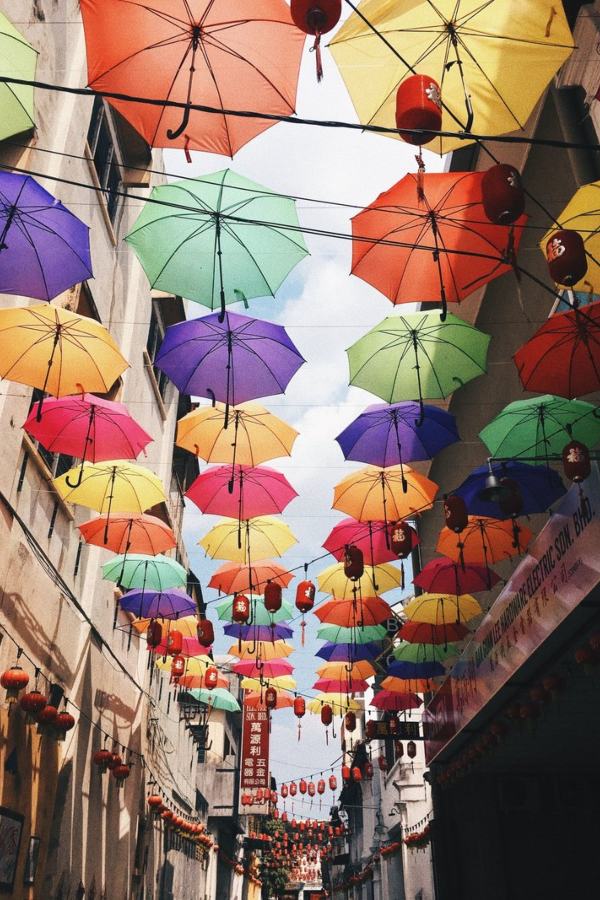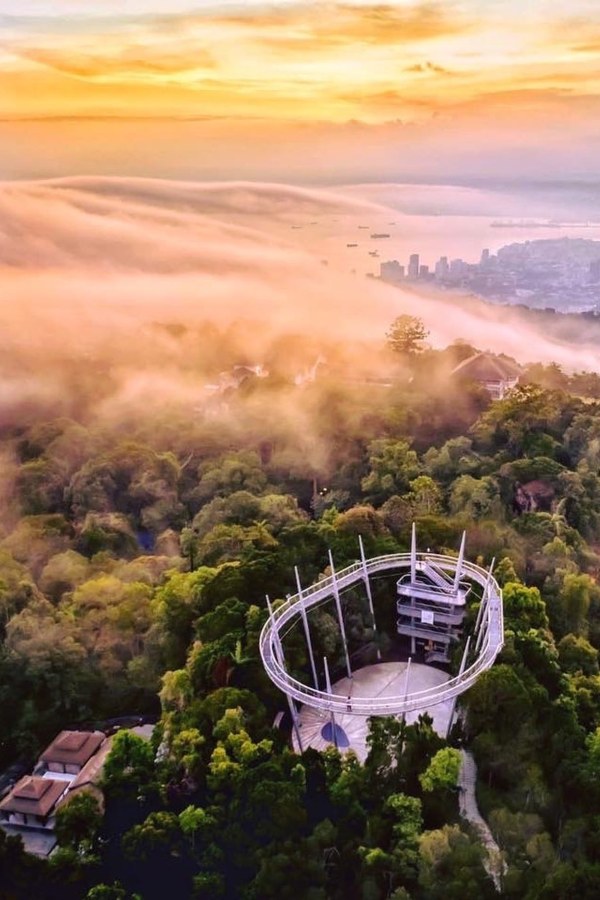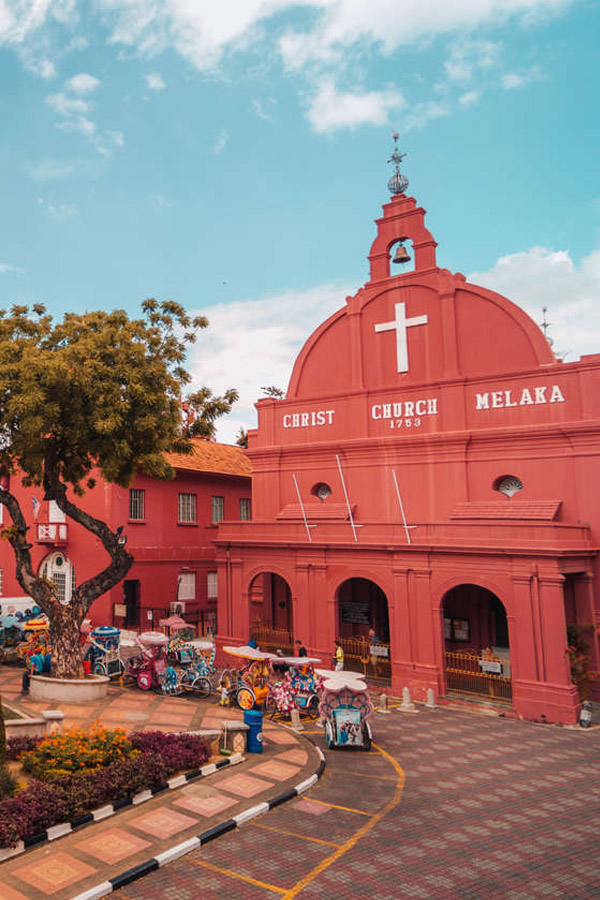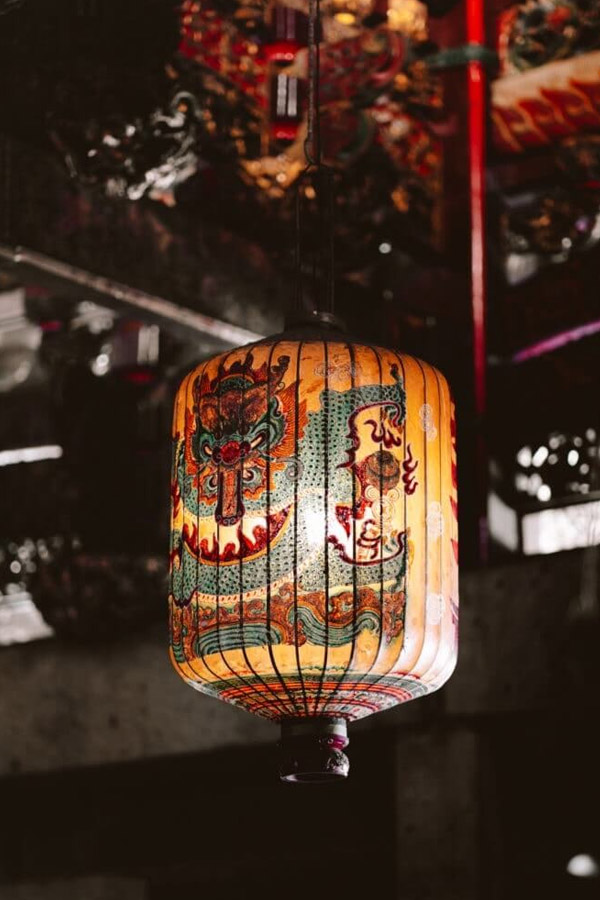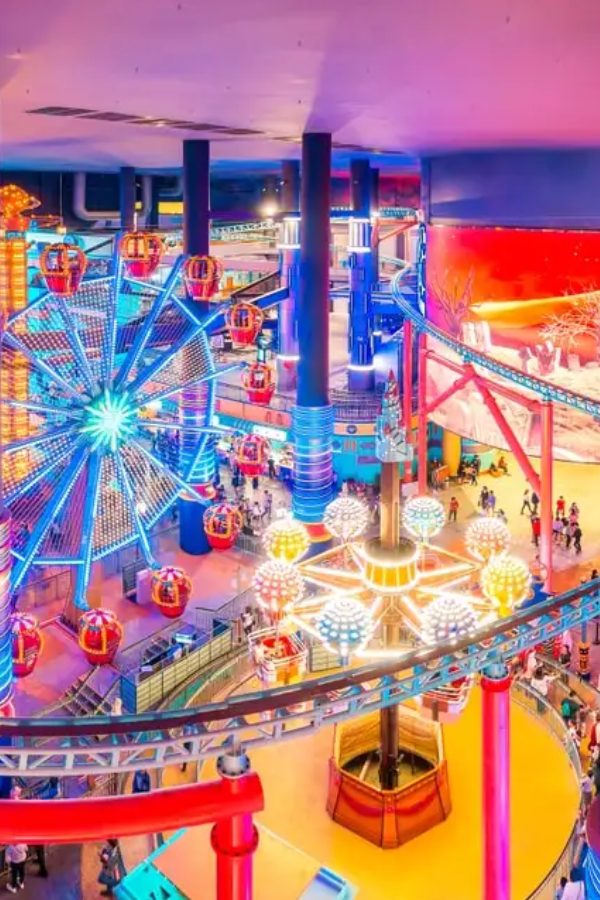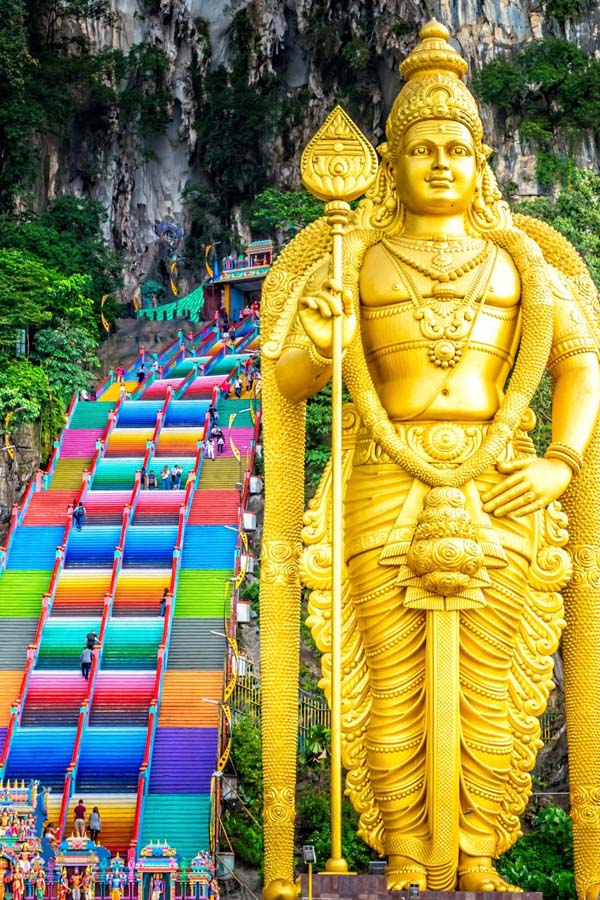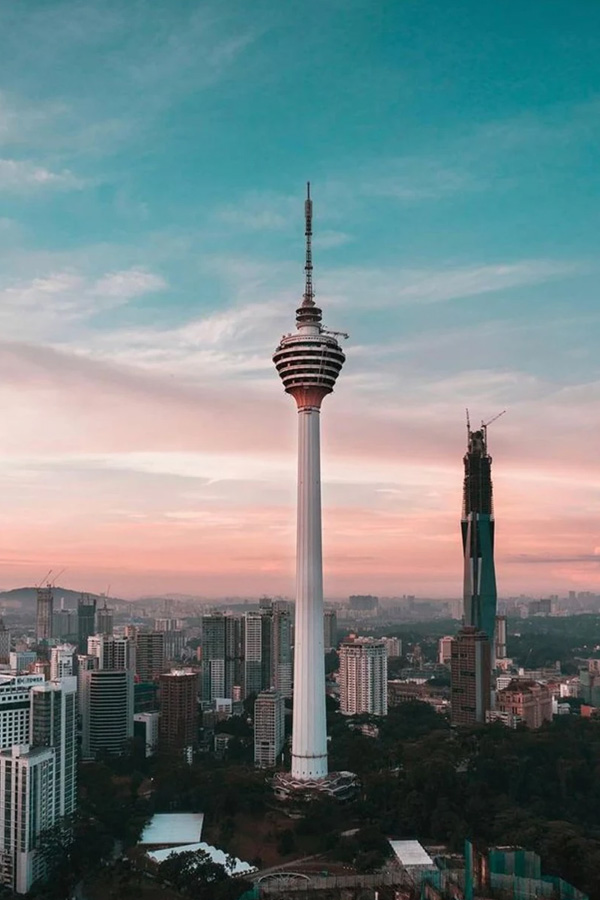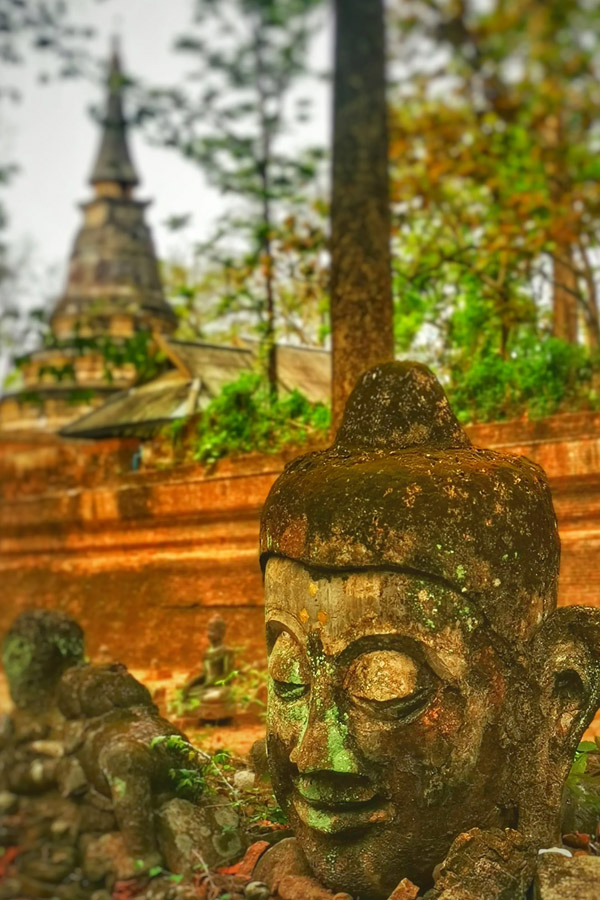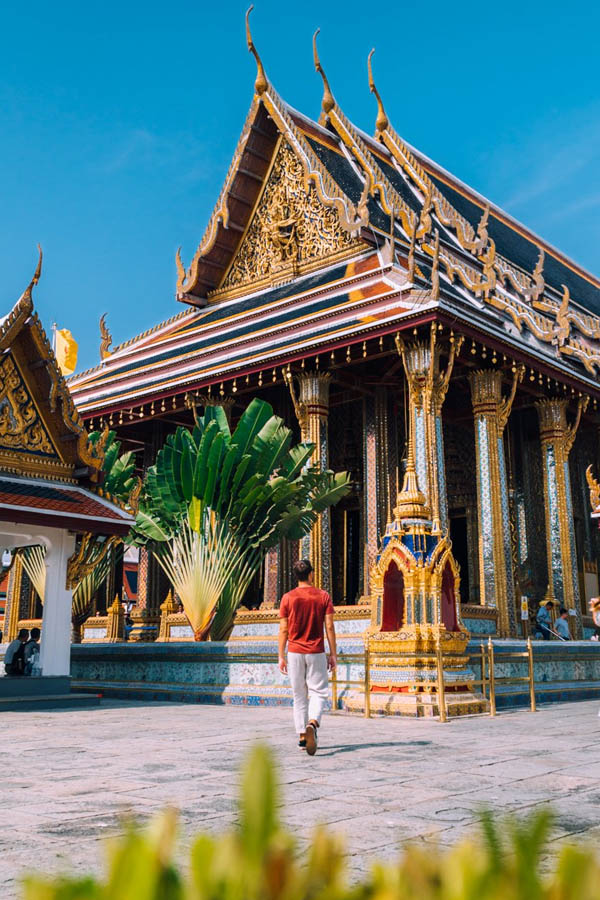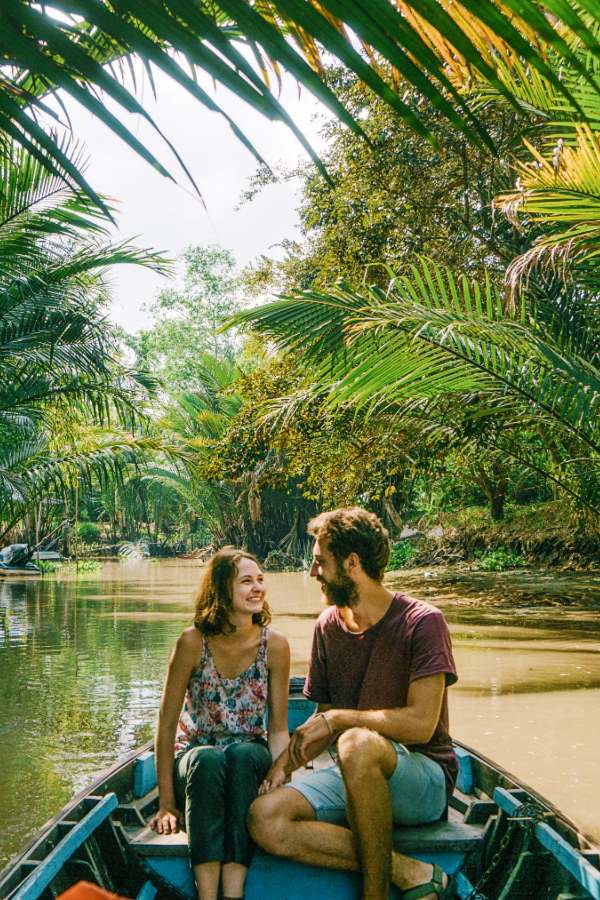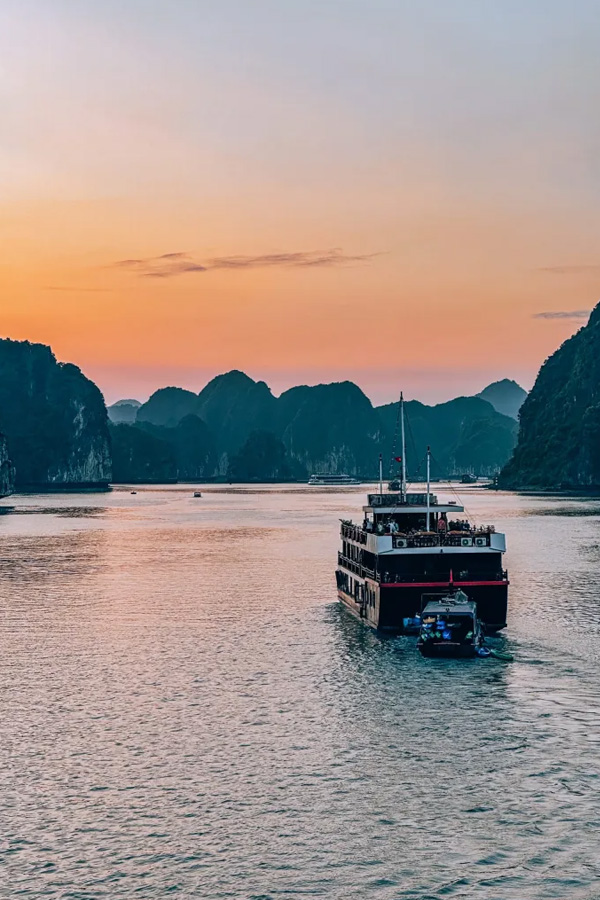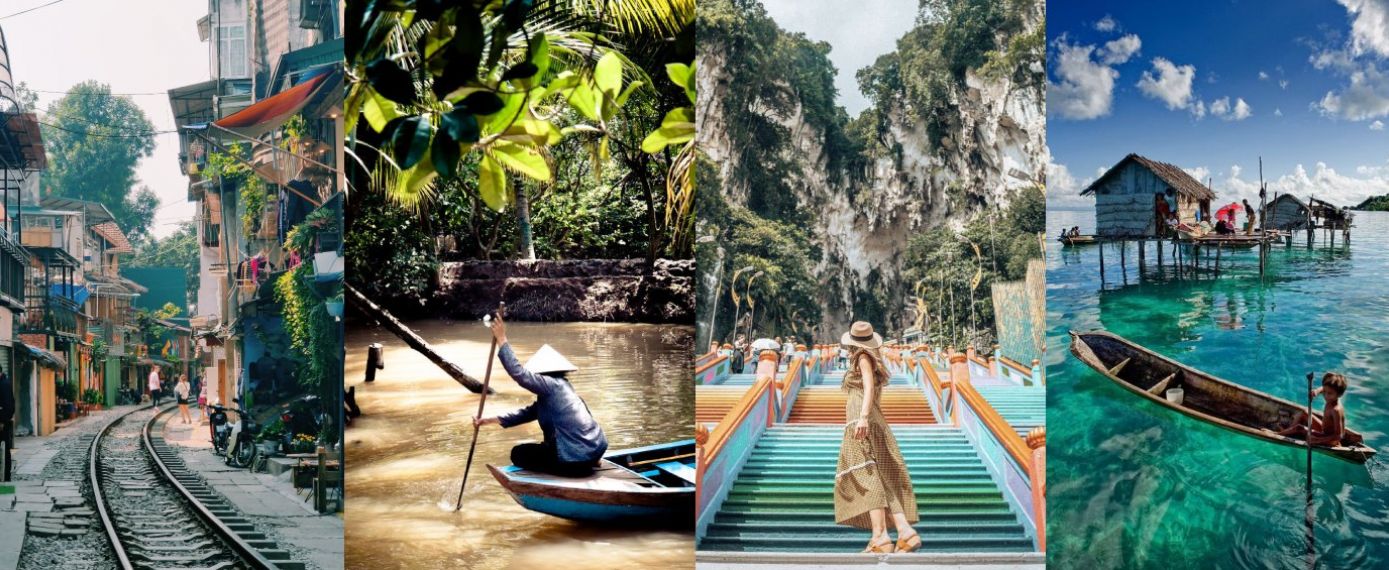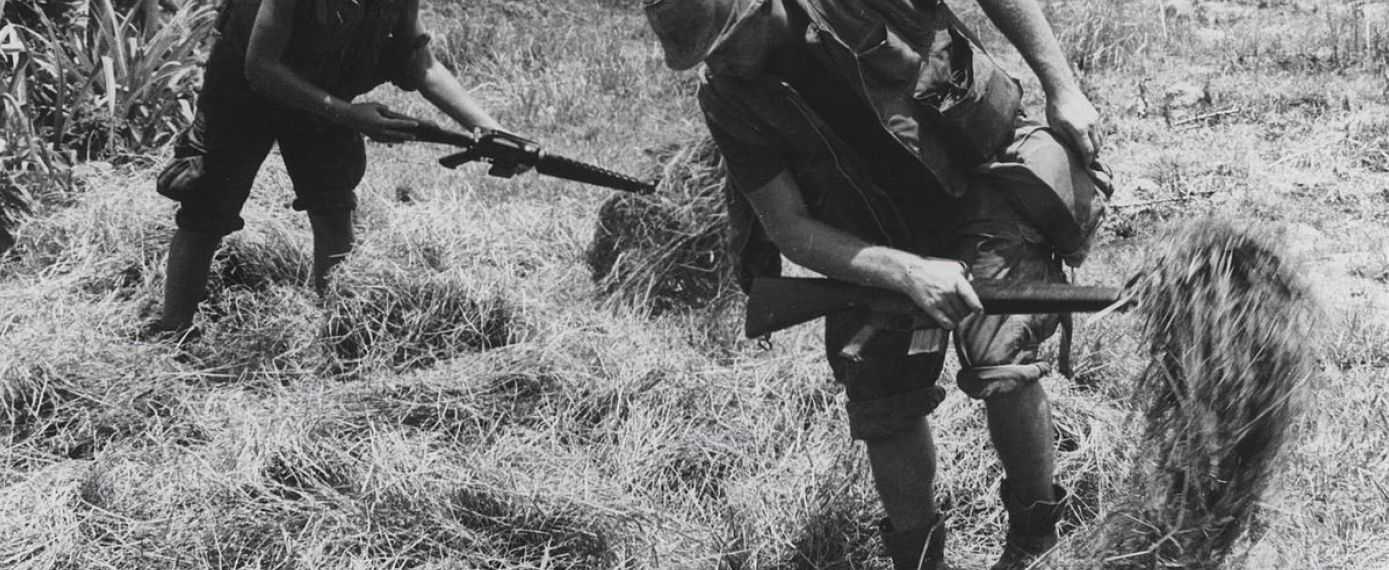
The Vietnam, Thailand, and Malaysia Escapade 24 Days provides travelers with the greatest experiences available in each of the three countries. Kick off this extended tour in Hanoi, a picturesque city with French colonial architecture and a lively atmosphere. Spend an overnight cruise, be charmed by the gorgeous Halong Bay, and travel to the "Pearl of the Orient" - Ho Chi Minh, followed by a brief visit to the lush Mekong. Then see Thailand's chill northern regions and the iconic Bangkok landscapes. Wrap off your adventures in Malaysia with its stunning sceneries and cultural heritages. These wonders will astound you and make you speechless.
The Vietnam, Thailand, and Malaysia Escapade 24 Days provides travelers with the greatest experiences available in each of the three countries. Kick off this extended tour in Hanoi, a picturesque city with French colonial architecture and a lively atmosphere. Spend an overnight cruise, be charmed by the gorgeous Halong Bay, and travel to the "Pearl of the Orient" - Ho Chi Minh, followed by a brief visit to the lush Mekong. Then see Thailand's chill northern regions and the iconic Bangkok landscapes. Wrap off your adventures in Malaysia with its stunning sceneries and cultural heritages. These wonders will astound you and make you speechless.
Highlights of this Tour
Our tour includes
Stay at
Hotel(22 nights), Cruise(1 night)
Read more...Transfers
Travel by private & shared vehicle with driver according to daily schedule
Read more...Local Team
Private guides, drivers, your own travel expert
Read more...Meals
Daily scheduled meals including breakfast at hotel and lunch at local restaurant
Read more...Activities
28 Interesting Experiences
Read more...Services
In-tour offerings including entrance fees, boat trips, in-tour flights...
Read more...Stay at
Hotel(22 nights), Cruise(1 night)
Read more...Transfers
Travel by private & shared vehicle with driver according to daily schedule
Read more...Local Team
Private guides, drivers, your own travel expert
Read more...Meals
Daily scheduled meals including breakfast at hotel and lunch at local restaurant
Read more...Activities
28 Interesting Experiences
Read more...Services
In-tour offerings including entrance fees, boat trips, in-tour flights...
Read more...Trip Overview
Vietnam Thailand and Malaysia Escapade - 24 days
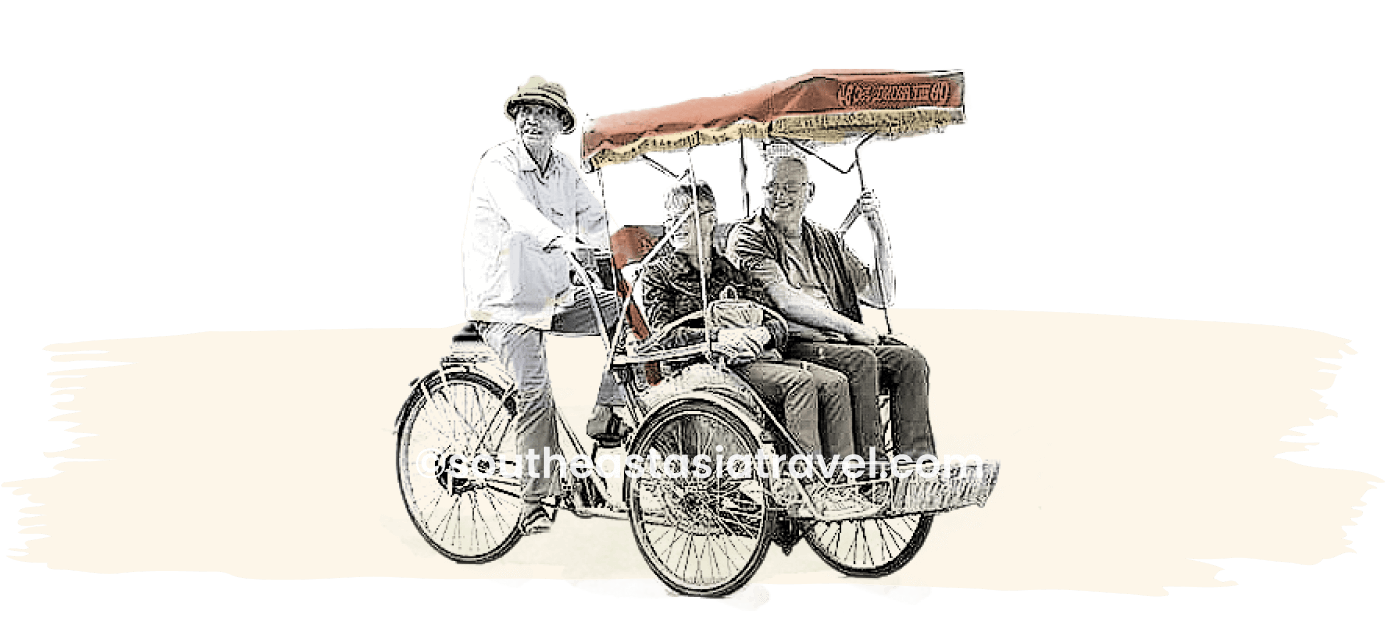
Hanoi
Halong Bay
Hanoi
Ho Chi Minh
Mekong
Ho Chi Minh
Chiang Mai
Chiang Rai
Bangkok
Penang
Ipoh
Cameron Highlands
Kuala Lumpur

With over 15 years of experience, our team will help you choose the perfect for your adventure.

Authentic

Flexible

Persionalized

24/7 Support


Destinations of this tour
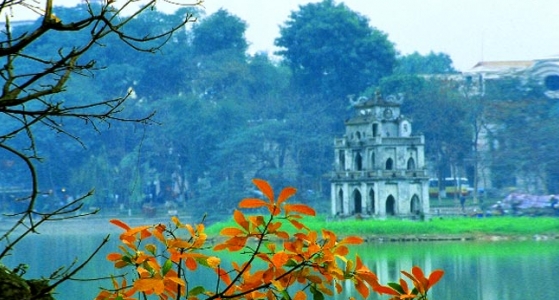
Perched on the banks of the Red River, Hanoi is Vietnam's capital and one of the world's most ancient cities. Its beauty lies in its liveliness of bustling streets where workshops and cafes spill out onto the streets and roadsides. As the intersection point where east meets west, Hanoi is a fascinating mix of old and new, Asian and European. With Chinese and French influences, an ancient culture, colonial architecture, broad tree-lined boulevards and beautiful lakes, the iconic architectural appearance of the Old Quarter and the elegance of the French Quarter, Ho Chi Minh’s Mausoleum and the Temple of Literature, etc... gives Vietnam’s capital city a unique charm of the ancient and modern. Hanoi is also home to one of Asia’s strong indigenous culinary traditions, with bustling wet markets and a rowdy street-food culture, as well as some five star international dining options. It is also very affordable by urban Asian standards, with the majority of hotels and restaurants offering plenty of value.
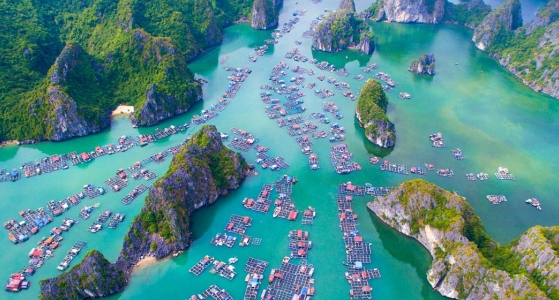
Halong Bay, listed as a UNESCO World Heritage Site in 1994, is located 170km east of Hanoi. It is made up of three neighboring bays: Halong, Lan Ha and Bai Tu Long bays, although Halong Bay is undeniably the most famous and most well-known of the three. Widely considered a natural wonder of the world, the UNESCO World Heritage Site is breathtaking with thousands of majestic limestone, peaks and islets rising dramatically out of the sparkling emerald waters of the bay. The most common way to explore is by taking an overnight night cruise or day-trip which cruises among the limestone pillars and islets. Many also include an island drop off and cave explorations. Visiting floating villages in the area gives a chance to interact with the local community whose livelihoods depend on the waters. Another way to immerse oneself close up in the bay is by kayaking near and around the limestone pillars and some of the caves that are possible to enter by kayak.
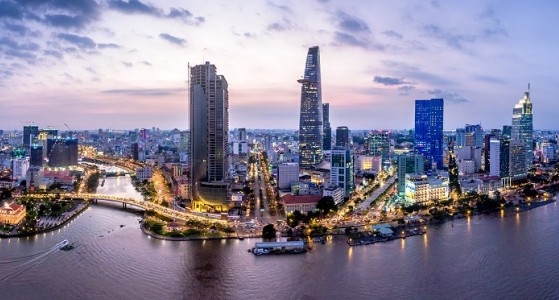
Commonly known as Saigon, Ho Chi Minh City in southern Vietnam is the country’s largest city and the financial and economical capital. This is a city full of surprises. Chaotic traffic blends with peaceful pagodas, parks, multi-style coffee shops and whole neighborhoods hidden down tiny alleyways. Icons of the past endure in the middle of the city’s vast urbanization. The ornate Saigon opera house, Hôtel de Ville - former French city hall, broad boulevards leading to the Saigon River and the gracious stucco villas are reminders of French-colonial times. In addition, the Chinese influence is also evident particularly in Cholon district (the city's Chinatown), while modern skyscrapers and international hotel chains that dot the skyline symbolize Vietnam's fixation on the future.
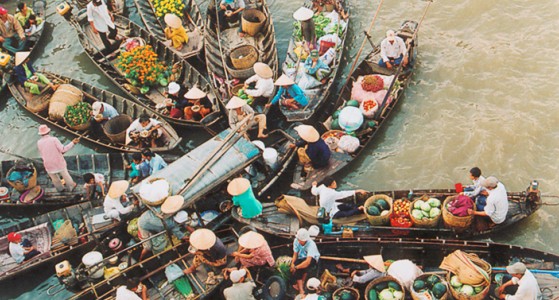
The Mekong Delta, located in the southernmost territory bordered by Cambodia, is the most fertile land in Vietnam. This is a region of unrelenting beauty - nicknamed the 'rice bowl' of Vietnam, where over 50% of Vietnam’s rice is grown. It is home to a unique ecosystem with diverse communities and ethnicities, and there are few places like this in the world. One the best, if not the best, ways to experience this area is to take a boat trip (1 day or a few days with staying overnight in local homestays) along the Mekong River's twisting capillaries of tropical canals, mangroves, past rice paddies, floating markets, where life on and off the river merge into one.
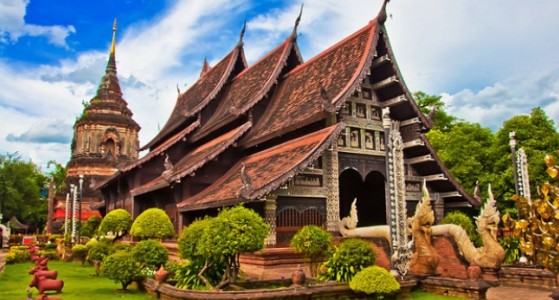
Fame as 'the rose of the North', Chiang Mai is an alluring city brimming with glittering temples, lush jungle, delicious streetfood and the bustle of lively markets. As the gateway to the mountains in northern Thailand, Chiang Mai has grown far beyond the medieval city walls that once marked it as the ancient capital of Lanna Kingdom. Nevertheless, its temple-lined backstreets still conjure up the glory of the old empire and it is still possible to get a feel for Chiang Mai's Thai culture and traditions. Ancient shrines and traditional wooden houses jostle for space with boutique hotels, stylish restaurants and trendy bars of this northern town as well as its welcoming customs and laidback pace of life leads to a rising footfall of enthusiastic tourists with each year. Home to a vast number of national parks, lush tropical jungles, hidden waterfalls, stunning rivers, and animal sanctuaries, Chiang Mai is an unmissable stop-off point for many outdoor adventure-seeking travellers. From trekking to the villages of Thailand's hill tribes to other adrenaline activities including mountain biking, white-water rafting, rock climbing expeditions and zip-lining through the rainforest canopy that makes Chiang Mai a perfect getaway.
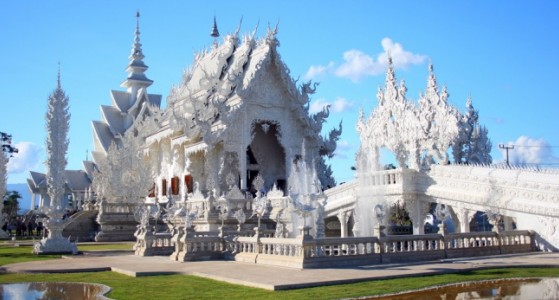
Chiang Rai is a mountainous region in northern Thailand, bordering Laos and Myanmar. It is also a part of the Golden Triangle where Thailand, Laos, and Myanmar meet at the Mekong River and serves as an excellent base to explore the region. Like any famous Thai city, Chiang Rai abounds with temples which are part of the day to day life of its inhabitants. Most well-known among them are White and Blue Temples. The former is the most popular landmark in Chiang Rai for its uniquely designed structure representing life, death, and rebirth — important parts of the Buddhist cycle of life. The latter painted entirely in blue color symbolizing serenity and wisdom, something you don't see every day in a temple, is home to Buddhist-style patterns and illustrations of Buddha's life cycle, depicting hell and heaven. Surrounded by stunning mountain ranges and thick rainforest, Chiang Rai is a great base for visiting hill tribes and scenic mountain trekking. There’s a range of diverse options from short treks, visits to a waterfall or a viewpoint, as well as a visit to a traditional hill tribe community still living among the jungle-covered mountains to gain an insight into their way of life.
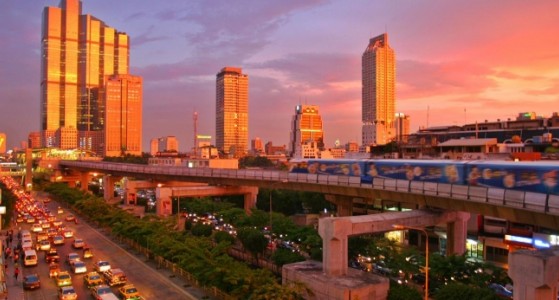
Buzzing, humid and energetic, Bangkok is the city where magnificent temples, historic markets, skyscrapers and rooftop bars create an intoxicating vibe that's hard to resist. The city is a mesmerizing blend of old and new, East and West, and dizzying contradictions. Historical sites next to vibrant nightlife areas, bustling markets near modern shopping malls, and street food vendors close to world-class restaurants. Hence, the city is still fascinating for its traditional culture. Saffron-robed monks weave among the morning rush hour to collect alms; communities dwell in stilt houses by the Chao Phraya River, eking out a living using centuries-old skills. A city tour in Bangkok often begins in Rattanakosin, drawn by the Grand Palace and Wat Pho. It's here the Chao Phraya River separates the city proper from its old capital Thonburi, a spot where quitet, narrow canals and floating markets illustrate why Bangkok was once called 'Venice of the East'. East of the canals is modern Bangkok, a hive of activity with countless businesses, markets and shopping malls handily connect by the BTS Skytrain. As a city that feels alive day and night, Bangkok is the destination for all, from foodies, shopaholics, culture seekers, history lovers, urban explorers, even party animals. That makes the well-known Southeast Asian gateway one of the world's most visited cities.
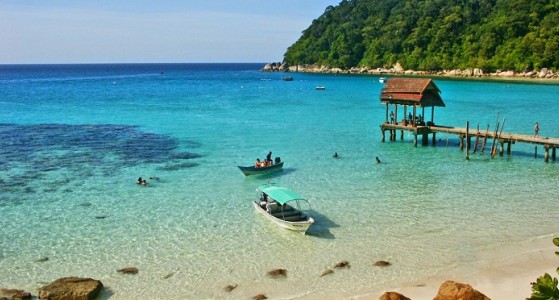
Penang is a state on the west coast of Peninsular Malaysia. Geographically, the state consists of Penang Island, and Seberang Perai, the mainland strip facing the island, which are separated by a small stretch of the Strait of Malacca. Penang is rich in culture and history, with a unique mix of Malay, Chinese, Indian and British influences. Visitors will find Penang brimming with charming historic buildings, ornate religious sites, sandy beaches, kampungs surrounded by rice paddies, vast unbeaten jungles, all topped with a splash of bustling city life. The unique way in which cultures have melded in Penang may be best represented in the food. Frequently voted among Asia’s top locations to eat street food, the blend of Malay, Chinese, Indian and European culinary traditions makes for an unforgettable banquet of taste sensations. Once was a British colonial holding, Penang has an abundance of classical Victorian architecture, particularly in the capital city, Georgetown. History buffs and architecture lovers in particular will appreciate the colonial-era Penang City Hall, Fort Cornwallis and the Penang State Museum. Part of Penang’s charm is that within minutes of admiring colonial architecture you can be wandering among the colorful statues of the Burmese Buddhist Temple or admiring the peaceful geometric patterns of the Kapitan Keling Mosque. Don’t miss the superb Pinang Peranakan Mansion, where the opulent lifestyle enjoyed by the wealthy Chinese Straits families has been recreated with antique furnishings from all over the world. If you enjoy getting back to nature, take a hike in the Penang National Park. Visit the nearby Penang Butterfly Farm for a colorful adventure the entire family will enjoy. And don’t miss the tropical spice garden, one of Malaysia’s premier eco-tourism attractions with more 100 herbs and spices growing wild.
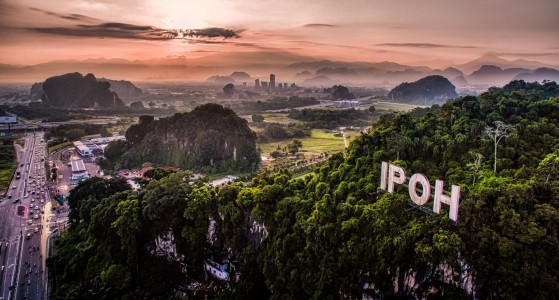
Ipoh is the capital of Perak and the third-largest city in Malaysia. Located between George Town and Kuala Lumpur, it is a popular destination for lovers of adventure, art, heritage, and architecture. Unlike other parts of the country, Ipoh is laid-back and simple – a bit of colonial, a bit of jungle, and a smattering of Southeast Asian food and culture. Split into two halfs by the River Kinta, the little town has the old town on the west side and the new town on the east. One can see the ancient temples and colonial architecture in the old part and modern shopping complexes in the new part. Explore all the historical sites in the old town with a walk along the heritage trail about four miles length and three to four hours to complete. The trail will take you past all the most famous colonial buildings in the city, beginning from Ipoh’s Railway Station, as well as a number of shop houses that date from the Second World War. Ipoh is surrounded by a vast, limestone cave system, some of which have been turned into temples by the local Buddhists. The three most important sites are Ling Sen Tong Cave Temple, Sam Poh Tong Temple, and Kek Lok Tong Cave Temple. Among them, Sam Poh Tong Temple with an array of Buddha statues is considered to be the biggest temple in Malaysia and attracts crowds year-round. Ipoh is one of the most concentrated Chinese places in Malaysia. Its most famous laneway, Concubine Lane, is full of red lanterns reminding the image of an ancient Chinese town. Along two sides of the road are restaurants, fashion outlets and souvenir shops in traditional Chinese and European architectural styles. Take a walk at Concubine Lane in ancient views and enjoy Chinese food are unforgettable experiences for each visitor. There is some delicious Chinese food that can’t be missed such as Hainan chicken rice, Chinese tofu, fish ball noodles...
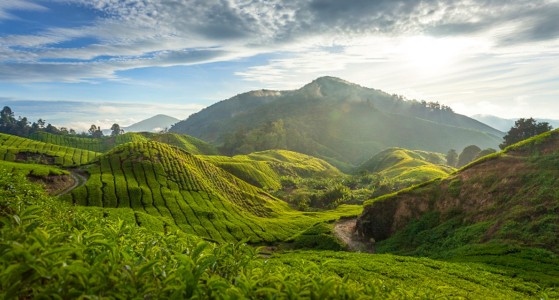
Cameron Highlands is a gorgeous hill station situated in Pahang, Peninsular Malaysia. The area is named after William Cameron, a British government surveyor who discovered the area in 1885 during a mapping expedition. During the colonial occupation era, Cameron Highlands gained fame due to its cool climate, attracting the British for a perfect summer retreat. Consequently, this hill station retains a quintessentially old English atmosphere with mock Tudor hotels serving tea in the afternoon and gin and tonics in the evenings. Cameron Highlands is well known for interesting hiking trails that are well kept, making things very easy experts and beginners alike. One of the most popular is the mystical Mossy Forest, the oldest forest in the area. It is known for the convoluted trees covered in moss that gives it an enchanted forest look. The paths have been mostly covered by wooden bridges making it quite an easy trek. For adventure lovers, there is a network of jungle trails taking in most of the major attractions and when combined with the roads will allow you to walk through most of the best areas from town to town. Most of the trails start, end, or can be combined with other trails to bring you to and from Tanah Rata. Cameron Highlands is also home to numerous agricultural farms where visitors can obtain fresher-than-fresh produce. One can visit a sweet-smelling strawberry plantation, a sprawling tea estate, or a prickly cactus farm for sightseeing.
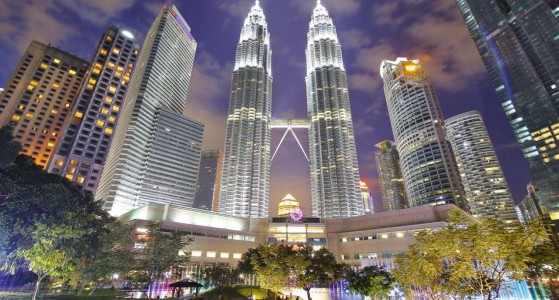
Kuala Lumpur is a diversity cultural melting pot, where jade-topped Chinese gates open out onto palm-lined squares, Indian restaurants serve banana leaf curries in marigold-scented alleyways, and old-fashioned Malay villages lie squeezed between the skyscrapers. Founded in 1857 under British rule as a tin mining outpost, Kuala Lumpur is fairly new as far as Malaysian cities go and does not have the rich history like Georgetown or Malacca. After a couple of decades of fluctuation, Kuala Lumpur began to prosper and was made capital of the Federated Malay States in 1896. Today, Kuala Lumpur is the capital of one of the economic powerhouses of Asia. Kuala Lumpurites come in all sorts. Malaysian and Chinese make up 80 percent of the population, and about 7 percent are Indians. Among the rest are offspring of intermarriages between races. Most Kuala Lumpurites speak at least two languages, one of which is Malay, or Bahasa Malaysia, the national language; some speak up to five – including Chinese and Indian dialects.

Melaka, or Malacca as it is previously known, is one of the most important port cities in the history of world trade. As a UNESCO World Heritage Site declared in 2008, Melaka showcases a fusion of Asian and European influences. It is also a perfect example of the perfect mix of different cultures and religions in Southeast Asia. Melaka’s history started as an independent sultanate. Later on, the Portuguese conquered it during its explorations in the 16th century. Some signs of Portuguese occupation still remain. After that, it became part of the Dutch empire. Most of the colonial buildings in the city came from that period. Situated in the Malacca Strait that connects the South Asian Sea and Europe to the East, the city was once the seat of the Malay Kingdom and has gone through several periods of prosperity as well as neglect. The city now offers a blend of cultural heritage, vibrant street art, and mouthwatering cuisine. It is well known for its colonial architecture, unique Nyonya traditions and colorful old town. For a visit, the historic city of Melaka is divided into two core zones on either side of the Melaka River. The first is St Paul's Hill Civic Zone with a number of government buildings, museums, churches, urban squares and the original fortress town from the 16th century Portuguese and Dutch periods. The second, on the other side of the river, is the Historic Residential and Commercial Zone, with more than 600 shophouses, commercial and residential buildings, religious buildings and tombs. A visit on foot along the old streets of Melaka past its ruins reflecting the rich history of hundreds of years of Asian and European influence, that will showcase Melaka's cosmopolitan journey over the centuries.
OTHER TOURS YOU MAY LIKE
Trade routine for romance on this 20-day tropical escape through Southeast Asia’s most captivating corners. Wander the old quarter streets of Hanoi, sail through the limestone wonders of Halong Bay, and soak in the charm of Chiang Mai and the energy of Bangkok. Then fly south to Bali, where jungle retreats in Ubud, volcanic views in Kintamani, and barefoot bliss on the beaches of Gili Trawangan await. Designed for dreamers and lovers of beauty, Whispers of the Tropics is your invitation to slow down, connect, and fall in love - with the world and each other.
Only From $5040/person
All Inclusive ServiceThis Tour
This 14-day tour starts in Malaysia and ends in Vietnam, with stops at the main cities in both countries. Discover everything that Malaysia has to offer in seven days, from the busy and hectic Kuala Lumpur to the tropical Langkawi with exotic wildlife and sandy beaches, or the historic Penang with beautiful street art. Your tour in Vietnam will primarily focus on the buzzing Saigon with a short exploration of the Mekong Delta, the capital Hanoi, and the spectacular UNESCO-listed Halong Bay, which introduces you to the highlights of the country’s north and south.
Only From $2234/person
All Inclusive ServiceThis Tour
Start the day with an early departure to A Luoi, home to the historic Ashau Valley—one of the most strategic locations of the Vietnam War. This fascinating day tour takes you through the western part of Hue City, where you will explore major battlefields and learn about the fierce conflicts that once took place here. The highlight of the trip was the infamous Hamburger Hill, the site of one of the fiercest and bloodiest battles of the war between the U.S. Army’s 101st Airborne Division and the North Vietnamese Army. Walk up the hill, witness the ruins of the past and reflect on its historical significance. Before returning to town, visit a Ta Oi ethnic village where you will gain insight into the unique traditions and lifestyle of the local community.
Only From $196/person
All Inclusive ServiceThis Tour

Customize this tour with us!


Adventure Travel Trade Association


American Society of Travel Agents


Family Travel Association


TripAdvisor


The guardian


World Travel Awards
ABOUT US
Why Us Trusted Travel Company What Makes Us Different Meet Our Team Southeast Asia Travel Guide Southeast Asia Tour Highlights Pre-departures Deposit & Payment Cancellation Policy Terms and Conditions Contact UsOur Destinations
Vietnam Tours Cambodia Tours Thailand Tours Indonesia Tours Malaysia Tours Philippines Tours Laos Tours Singapore Tours Myanmar ToursMulti-country
Vietnam Cambodia Tours Vietnam Cambodia Laos Tours Vietnam Thailand Tours Vietnam Cambodia Thailand Tours Thailand Malaysia Tours Thailand Malaysia Indonesia Tours Indonesia Thailand Tours Indonesia Malaysia Vietnam Tours Southeast Asia Tours 26 - 30 Days Southeast Asia Tours 18 - 26 Days Southeast Asia Tours 12 - 18 DaysTravel Themes
Best Southeast Asia Tours Southeast Asia Heritage & Culture Tours Southeast Asia Nature & Wildlife Tours Southeast Asia Family Tours Southeast Asia Honeymoon Tours Southeast Asia Adventure & Outdoor Tours Southeast Asia Beach & Island Tours Southeast Asia Cruise Tours Southeast Asia Tours 8 - 12 Days Southeast Asia Tours < 8 DaysSOUTHEAST ASIA TRAVEL COMPANY LIMITED
As local Southeast Asia Tour experts with over 15 years of experience, Southeast Asia Travel company has built a solid reputation as experts in designing custom tours across Southeast Asia including Vietnam, Laos, Cambodia, Thailand, Singapore, Malaysia, Indonesia, Myanmar, Philippines... Every Southeast Asia tour we offer is exclusively private, ensuring flexibility to suit individual preferences.
Read more